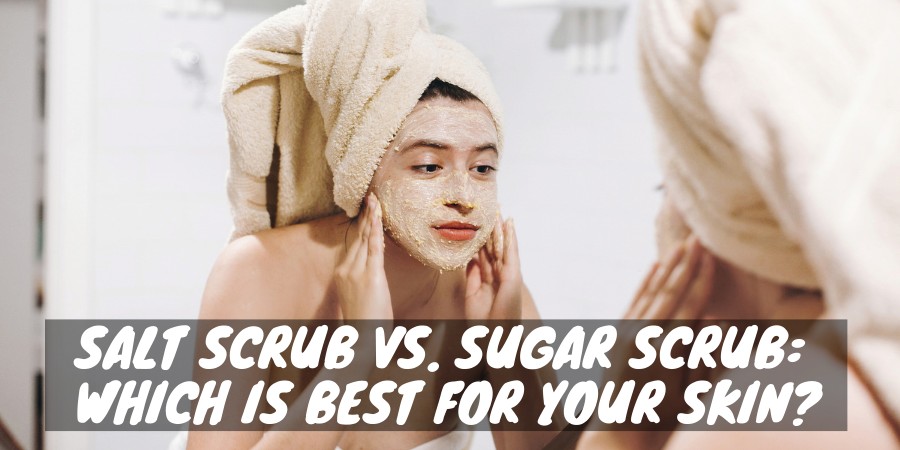Salt and sugar scrubs are common remedies for dull, lifeless skin.
But other than the obvious, what’s the difference between the two, and which one is right for your skin?
Let’s compare these two types of scrubs and learn what each one does best.
All About Exfoliation: The Foundation of Scrubs
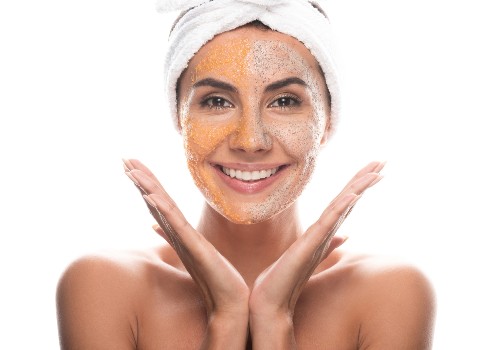
Exfoliation is the act of removing dead skin cells from your face and body.
This is done with exfoliants, which use either physical or chemical means to slough away at your dead skin, revealing the fresh, new skin underneath.
It’s normal for skin cells to die over time as they’re replaced by new ones. But without anywhere to go, these dead cells congregate on your skin’s surface, making it look uneven and coarse.
That’s where exfoliation comes in. By removing the dead cells, exfoliants help your skin look and feel its best.
The Many Benefits of Exfoliation
Exfoliation has a number of benefits for your skin, both in terms of aesthetics and health.
Appearance-wise, exfoliation helps your skin look smoother, brighter and younger. Dead skin cells reflect light differently, dulling your complexion and preventing your natural luminosity from shining through.
But exfoliation also makes your skin healthier.
When you’re covered in dead skin cells, your living cells can’t breathe properly and your pores can become clogged, causing bumps, discoloration and poor wound healing.
And acne-causing bacteria love to feed on dead skin, so you’re more likely to break out if you don’t exfoliate.
By removing dead cells through exfoliation, you stave off aging and allow your skin to reach its full potential. You also enable your skin to fully absorb serums, moisturizers and other products.
Salt Scrubs Vs. Sugar Scrubs: What’s the Difference?
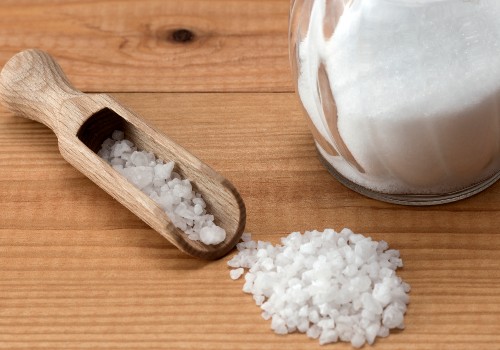
Two of the most popular exfoliants are salt and sugar scrubs.
Both are physical (also known as mechanical) exfoliants, meaning that they work by physically removing dead cells with tiny particles.
But beyond that, the two scrubs are quite distinct and serve very different purposes.
Salt Scrubs: Heavy-Duty Exfoliation
The biggest difference between salt scrubs and sugar scrubs is the size and texture of the particles found in them.
Salt scrubs contain much larger particles than sugar scrubs. Not only are the salt granules bigger, they’re also sharper and grittier, making for a more heavy-duty scrub.
However, this also makes salt scrubs unsuitable for delicate or sensitive skin — they can hurt more than they help.
Benefits of Salt Scrubs
Salt is well-known for its detoxifying properties. This makes salt scrubs excellent for those who want to remove impurities from their skin.
Additionally, salt scrubs can stimulate circulation and calm inflammation, penetrating below the skin to soothe achy muscles. Many athletes swear by salt scrubs for this reason.
The large granules in a salt scrub make it ideal for use on especially rough skin. It’s extremely effective at removing even the most stuck-on dead skin, as well as dirt and other debris.
Where to Use a Salt Scrub
Salt scrubs are generally too coarse to be used on delicate or sensitive skin. This includes the face, neck and chest.
However, much of the rest of the body is fair game, including the areas that take the most beating day-to-day: the feet, hands, arms and legs.
Salt scrubs are also super effective on calluses and extremely coarse skin, such as on the elbows and knees.
Sugar Scrubs: Gentle Yet Effective
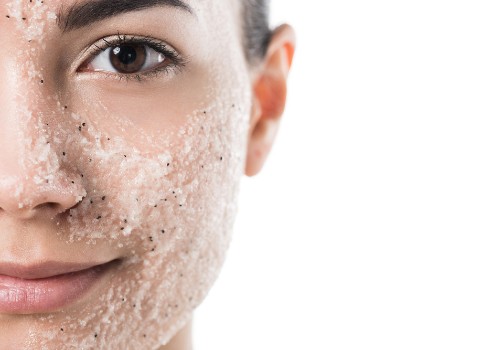
Sugar scrubs are the soft-spoken cousins of salt scrubs.
With smaller, smoother particles than salt scrubs, they’re less likely to irritate sensitive skin or damage fragile skin.
However, the smaller particle size also means that sugar scrubs aren’t as powerful as salt scrubs, so they may not be able to tackle rough elbows, knees or feet.
Benefits of Sugar Scrubs
Sugar scrubs provide gentle physical exfoliation that removes dead skin cells without irritating the new skin underneath.
Though they don’t have the detoxifying powers of salt scrubs, they do have the upper hand in the moisturizing department.
Sugar contains glycolic acid, a natural exfoliant that creates a moisture barrier as it loosens dead skin cells. This locks moisture into your living skin while removing your dead skin.
Additionally, sugar scrubs are often more pleasant to use than salt scrubs, which can cause discomfort, stinging or itching.
Where to Use a Sugar Scrub
Sugar scrubs can be used anywhere on the body, but you might find that they’re not effective on heavily callused or thick skin.
But that gentleness makes them great for the delicate skin on your chest, collarbones, neck and face.
They’re also great for exfoliating your legs after shaving — a salt scrub, on the other hand, would sting and burn this sensitive skin.
How to Exfoliate Your Skin
Now that you’ve decided which scrub is best for you, it’s time to learn how to use it.
How to Exfoliate Your Face with Scrubs
Before exfoliating your face with a scrub, use a gentle cleanser to remove any dirt, oil and debris on your face.
This allows the scrub to more thoroughly remove the tiny bits of dead skin that lodge themselves in your pores.
Using the scrub is easy. Simply apply a small amount to your fingers, then rub it into your face using light, small circular motions.
You should be able to feel the particles rolling over your skin, but the sensation shouldn’t be painful or uncomfortable. If it is, you may be pressing too hard, so use a lighter hand.
When you’re done scrubbing, rinse the scrub off your face with lukewarm water. Pat your skin dry with a clean towel — never rub it dry, especially right after exfoliating it.
Then apply a light moisturizer to your face. Your skin should immediately look brighter, smoother and healthier.
How to Exfoliate Your Body with Scrubs
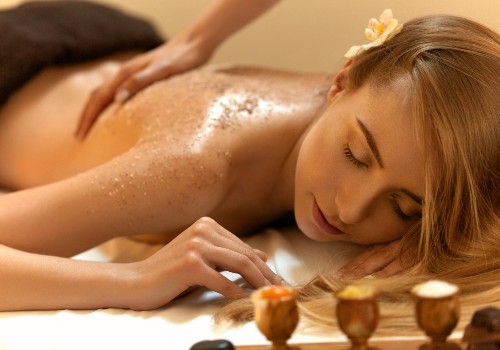
Start by cleansing and pre-exfoliating your body. Squeeze some body soap onto a lightly abrasive sponge, loofah or washcloth, then give your body a good wash.
Rinse the soap off your body, then apply the scrub with your fingers. Apply it thickly to your elbows, knees and other rough areas, and apply it more lightly to your thinner skin.
Using circular motions, work the scrub into your skin, using a heavier hand on your thicker skin. Stop when there’s no more dead skin to slough off, or if your skin starts to feel irritated or painful.
When you’re satisfied, rinse the scrub off with lukewarm water and pat your body dry with a clean towel.
Apply body lotion to your dry skin to lock in moisture and keep your newly-scrubbed skin looking smooth and luminous.
How Often Should You Exfoliate?
Exfoliating with sugar and salt scrubs is so effective that you may be tempted to do it every day.
But overuse of scrubs can cause severe dryness, irritation, microtears and redness.
Most dermatologists recommend exfoliating once or twice a week. Those with extremely oily skin can exfoliate more often than those with dry skin.
If your skin is sensitive, start by exfoliating once every two weeks, then slowly increase the frequency so you don’t overload your skin.
And never use any kind of scrub on raw skin or open wounds. Both salt and sugar can irritate raw skin, and salt in particular is extremely painful when it contacts broken skin.

